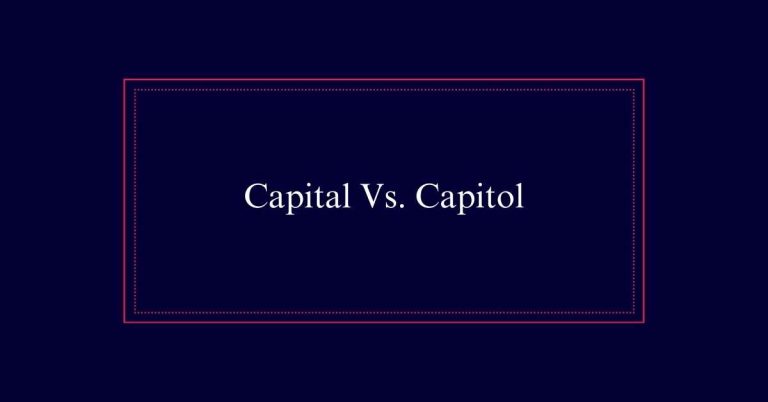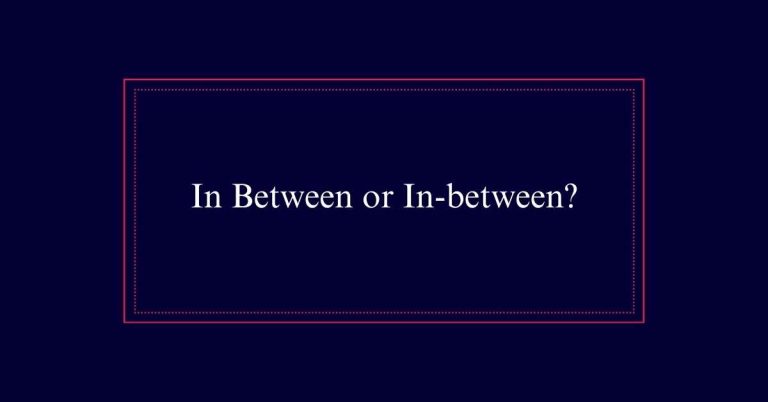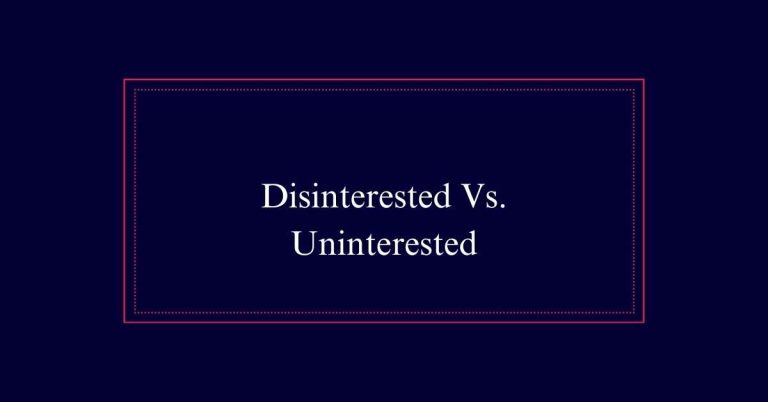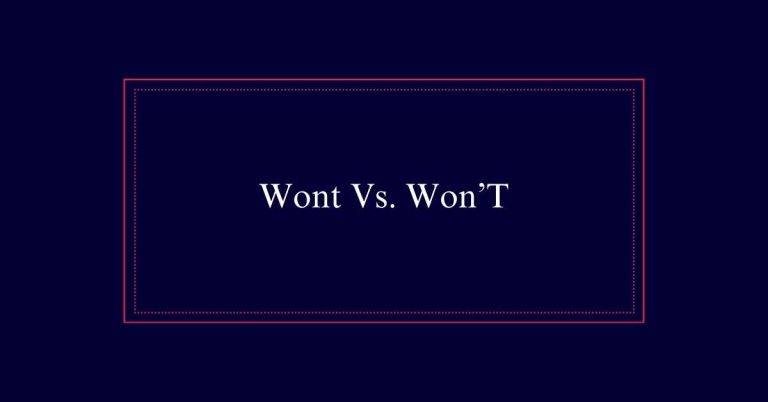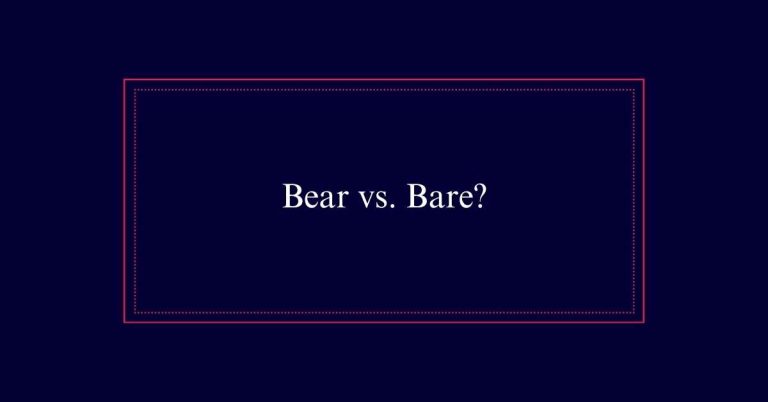What is a circular argument?
A circular argument is a logical fallacy where your conclusion is simply restated as a premise without real evidence. Basically, you’re saying the same thing twice in different words. For example, “I’m right because I say I’m right.” This makes the argument sound convincing but it lacks solid proof and creates a loop. To avoid circular reasoning, make sure your premises are supported by independent evidence, not just the conclusion itself.
Definition of Circular Argument
A circular argument is when the conclusion is used as a premise without any real evidence. This means you’re basically saying the same thing twice but in different words.
Imagine you say, ‘This book is great because it’s popular.’ You’re not providing any real proof that the book is great; you’re just repeating the idea in another way.
Circular arguments can be tricky because they sound convincing. However, they lack solid evidence. They create a loop where the conclusion supports itself.
For example, saying ‘I’m trustworthy because I say I am’ doesn’t prove trustworthiness. To avoid falling into circular arguments, make sure you have independent evidence to support your conclusion and not just restate your claim.
Identifying Circular Reasoning
One easy way to spot circular reasoning is to see if the conclusion is just restating the premise. When you read an argument, check if the conclusion simply repeats what was initially claimed.
For instance, if someone says, ‘This policy is effective because it works well,’ they’re not adding any new information. They’re just rephrasing the original claim.
Another method is to see if the premises depend on the conclusion being true. If the argument’s support only stands if you already accept the conclusion, it’s circular reasoning. Look for statements that don’t provide external evidence or that loop back to the initial claim.
Logical Fallacy Explained
Logical fallacies are errors in reasoning that weaken arguments. They can make your points seem less credible and harder to defend. A circular argument is one type of logical fallacy. In this fallacy, the conclusion is used as a premise, creating a loop with no real evidence. Here’s a quick breakdown:
| Logical Fallacy | Description |
|---|---|
| Circular Argument | The conclusion is a premise, making a loop. |
| Straw Man | Misrepresenting an argument to make it easier to attack. |
| Ad Hominem | Attacking the person instead of the argument. |
| Slippery Slope | Assuming one action will lead to a series of negative events. |
When you spot these fallacies, question the logic. It helps you think critically and build stronger arguments.
Common Examples
You’ve seen how circular arguments weaken reasoning; now let’s look at some common examples. One classic example is saying, ‘I am trustworthy because I say I am.’ This statement provides no real evidence and relies only on itself.
Another common one is, ‘This candidate is the best because they’re better than the rest.’ Here, the conclusion is just a rephrased premise.
In advertising, you might hear, ‘Our product is the best because it’s superior.’ Again, no actual proof is given.
These examples show how circular arguments fail to provide solid reasoning, making them unconvincing. Always look for evidence that supports a claim rather than just restating it in different words.
Types of Circular Reasoning
There are several types of circular reasoning, each presenting its own way of restating conclusions as premises.
One type is ‘begging the question,’ where you assume the conclusion within the premise. For example, saying, ‘The team will win because they’re the best’ assumes they’re the best without proof.
Another type is ‘tautology,’ where you repeat the same idea in different words, like ‘It’s wrong because it’s not right.’
Then there’s ‘self-sealing argument,’ where any counter-argument is dismissed without consideration. For instance, ‘You’re wrong because you don’t agree with me.’
Each type traps you in a loop, offering no new information or justification, making it hard to reach a valid conclusion.
Circular Argument Paradoxes
Circular argument paradoxes often seem logical at first but reveal contradictions upon closer inspection.
Imagine you hear, ‘Nobody goes to that restaurant because it’s always full.’ At first glance, it sounds reasonable. However, if it’s always full, people must be going there. This is a paradox because it contradicts itself.
Another example is, ‘You must spend money to save money.’ This statement suggests that by spending, you’re saving, which doesn’t add up without context.
These paradoxes illustrate how circular arguments can create confusion. They appear to make sense but don’t hold up under scrutiny. When you encounter such statements, it’s important to question the logic and look for underlying evidence.
Catch-22 Scenarios
Catch-22 scenarios trap you in a no-win situation, where each choice contradicts the other. Imagine needing experience to land a job but needing a job to gain experience. You can’t move forward because the requirements contradict each other. These situations often feel like a loop, much like circular arguments.
The term comes from Joseph Heller’s novel ‘Catch-22.’ It highlights how rules or conditions create impossible dilemmas. For example, needing a loan to start a business but needing a business to qualify for a loan. In these cases, no matter what you choose, you can’t win. They show how circular reasoning can exist in real-life scenarios, making progress seem impossible.
Logical Loops
In many discussions, logical loops can trap you in a repeating cycle of reasoning, preventing any real progress. Imagine you’re arguing that a rule is good because it’s always been followed. This reasoning doesn’t go anywhere because it relies on itself. You’re stuck in a loop, just going round and round.
Logical loops make it hard to find new solutions or reach valid conclusions. They repeat the same ideas without adding anything new or useful. You might think you’re making a strong point, but in reality, you’re just stuck.’
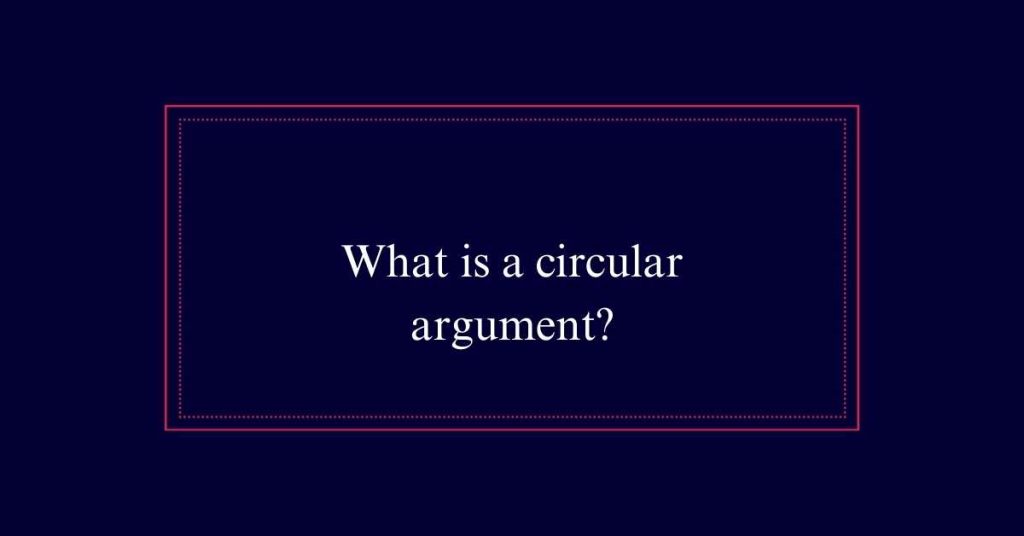
It’s important to recognize these loops so you can break free and move forward in your discussions. Identifying logical loops helps you avoid getting trapped in circular arguments.
Avoiding Circular Arguments
To avoid circular arguments, always check that your premises don’t depend on your conclusion. It’s important to make sure your reasoning is clear and logical.
Here are some tips to help you:
- Identify Premises and Conclusion: Clearly state your premises and conclusion separately. Make sure they stand on their own.
- Use Independent Evidence: Support your premises with evidence that doesn’t rely on the conclusion being true.
- Seek Feedback: Ask others to review your argument. They might spot circular reasoning that you missed.
- Practice Critical Thinking: Regularly question and analyze your own arguments to make sure they’re logically sound.
Frequently Asked Questions
What Real-Life Scenarios Illustrate the Effects of Circular Arguments?
You see circular arguments in job applications. Companies want experience, but you can’t get experience without a job. This creates a loop that’s frustrating and hard to break, showing how circular reasoning impacts real-life decisions.
Can Circular Reasoning Be Found in Scientific Research?
Yes, you’ll find circular reasoning in scientific research sometimes. Researchers might assume a theory is true without evidence, then use that assumption to prove the theory. It’s important to recognize and challenge these flaws.


